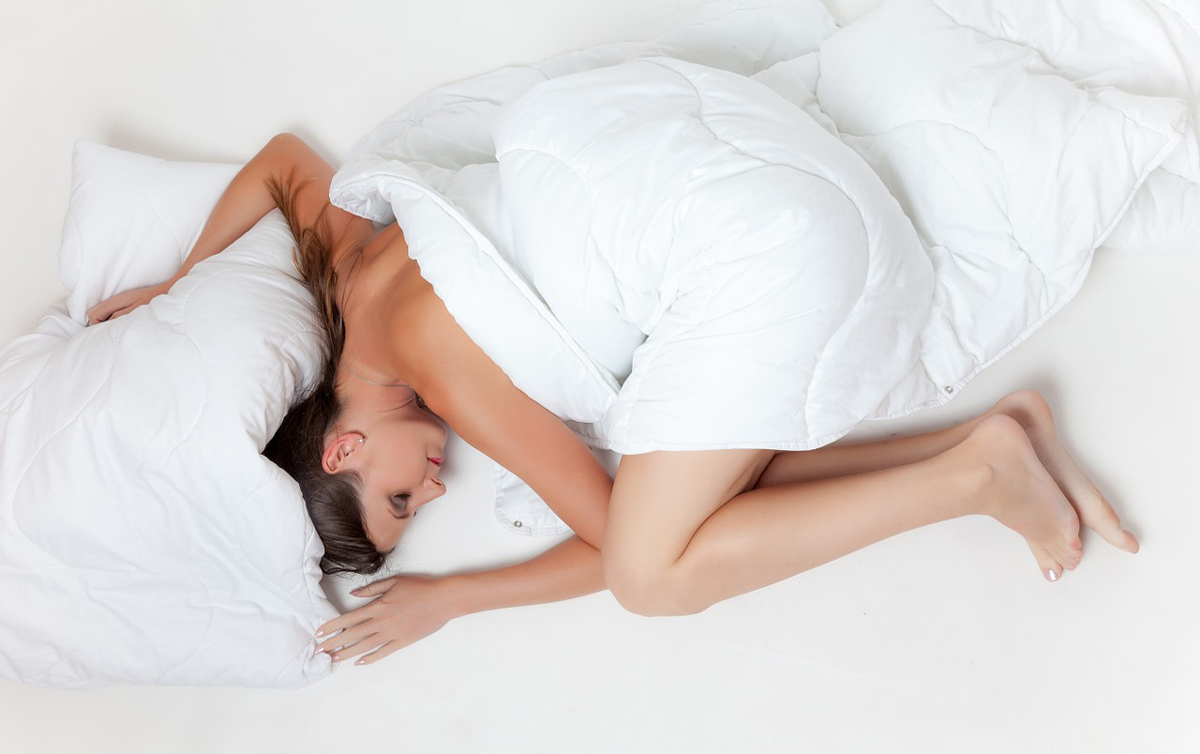
Obstructive sleep apnea can be caused by crooked teeth, extra pounds, and more
By Daniel Klauer
There’s nothing like waking refreshed after a good night’s sleep.
For too many people, though, it doesn’t happen enough — if at all.
No one really knows why we sleep, but we do know that sleep is essential for survival and that 70 million Americans suffer from sleep problems.
The inability to log enough hours of shuteye each night is more than just an annoyance. Conditions that prevent or affect sleep can lead to a cascade of negative health consequences.
A sleep breathing disorder can cause someone to stop breathing, either partially or completely, when they’re sleeping. That can result in daytime sleepiness or fatigue that often reduces quality of life and inability to function throughout the day.
The most common such disorder is obstructive sleep apnea, which can lead to other health problems including chronic diseases like as diabetes and even death. I see more men who have sleep symptoms than women.
A number of factors, some less surprising than others, can contribute to obstructive sleep apnea.
Crooked teeth
If you have crooked teeth, that’s an indication that your tongue doesn’t have the space it needs inside the mouth. When there’s not enough room, the tongue can obstruct the airway. Of course, even people with straight teeth can have obstructive breathing. It’s just less likely for them.
Improper jaw development
If the maxilla (upper jawbone) and mandible (lower jaw) aren’t fully developed forward and wide, the dimensions of your airway will be reduced.
Swollen tonsils and adenoids
Tonsils and adenoids are lymphatic tissue that rest in the back of the throat and nasal cavity. If they become swollen, they take up space within the airway and cause breathing problems.
Weight issues
Obesity causes increased fat deposition in the soft-tissue passages of the airway and decreased muscle tone. That makes it more difficult to breathe and increases the chances of an airway collapse at night.
Once you’ve determined what problem is causing your obstructive sleep apnea, the next step is to look for solutions. The first line of treatment for patients with mild to moderate symptoms is a continuous positive airway pressure, or CPAP, machine or oral appliance therapy.
CPAP therapy requires wearing a mask on your face at night that blows air through your nose to keep your airway from collapsing at night.
Oral appliance therapy requires wearing a customized oral appliance. This appliance serves to physiologically prevent the collapse of your airway by stabilizing your lower jaw, tongue, and soft palate.
If these efforts don’t work, surgical options may be necessary. Regardless, it’s important to address the issue, not only because of the health concerns but also because of the importance of rest.
The quality of sleep ultimately determines the quality of life. Sleep gives the body a chance to rest, recover, and rejuvenate. It is the body’s way of filling the tank back up with gas.
Daniel Klauer, DDS, is author of “Achieve Your Victory: Solutions for TMD and Sleep Apnea.”



